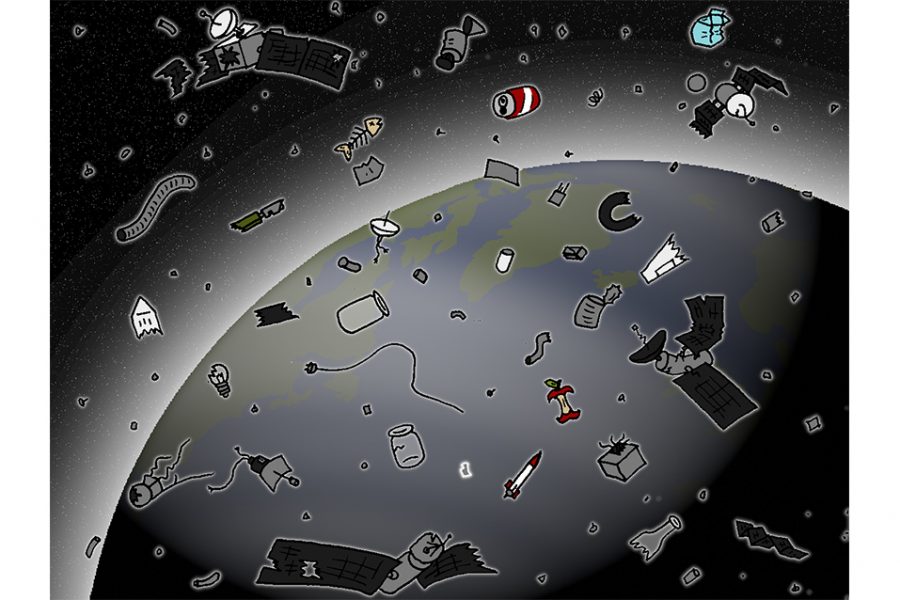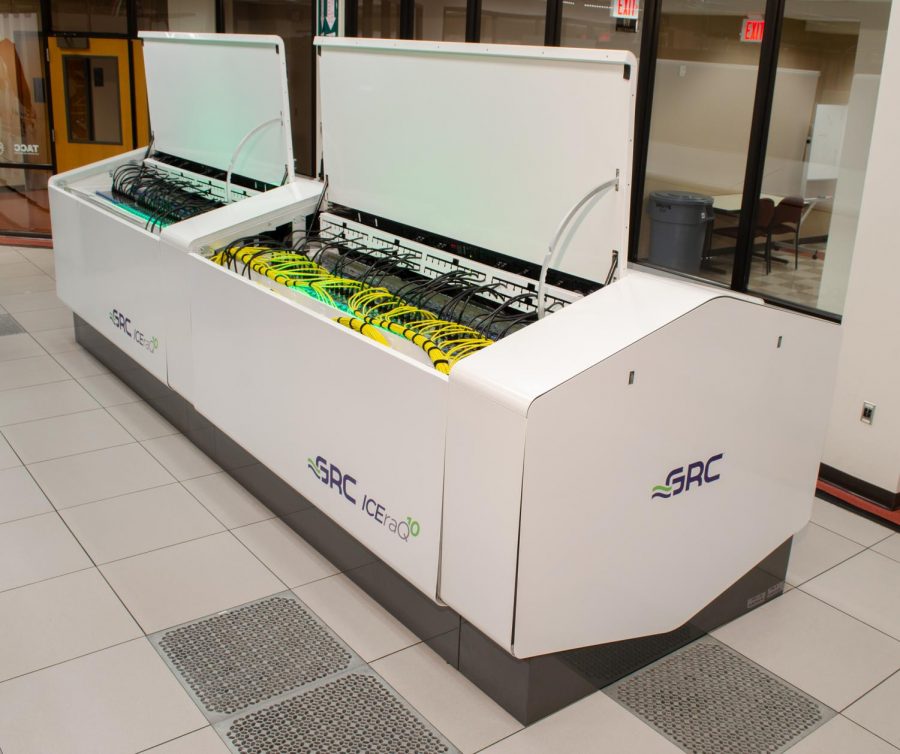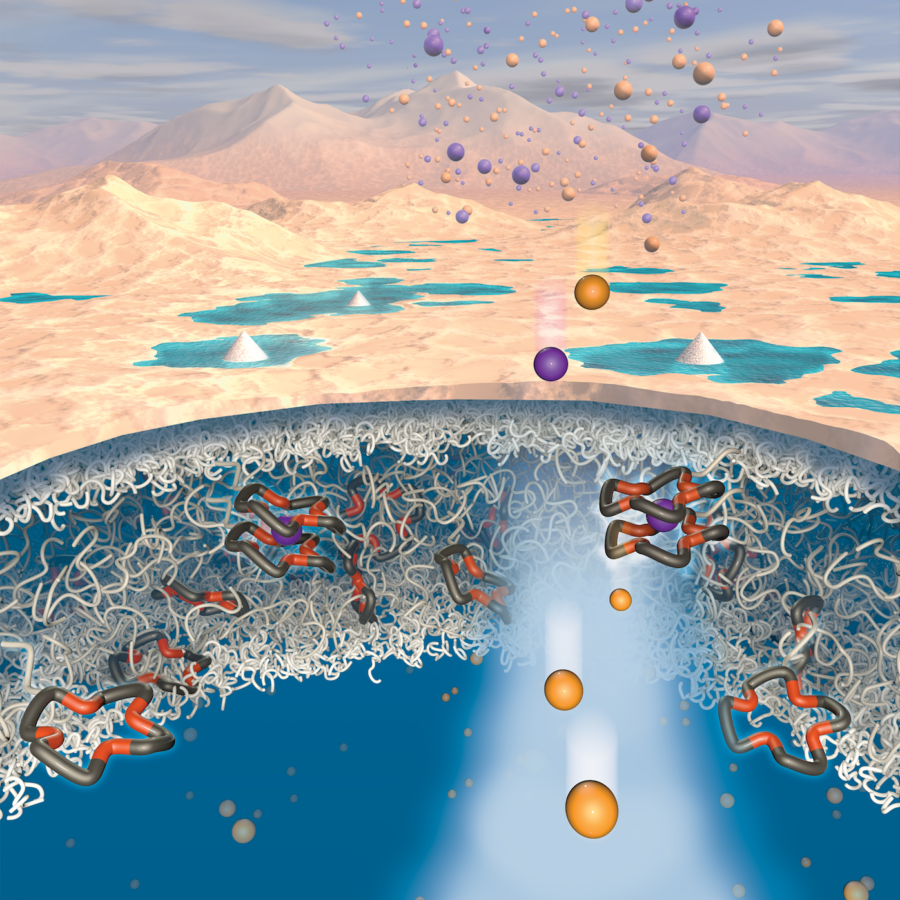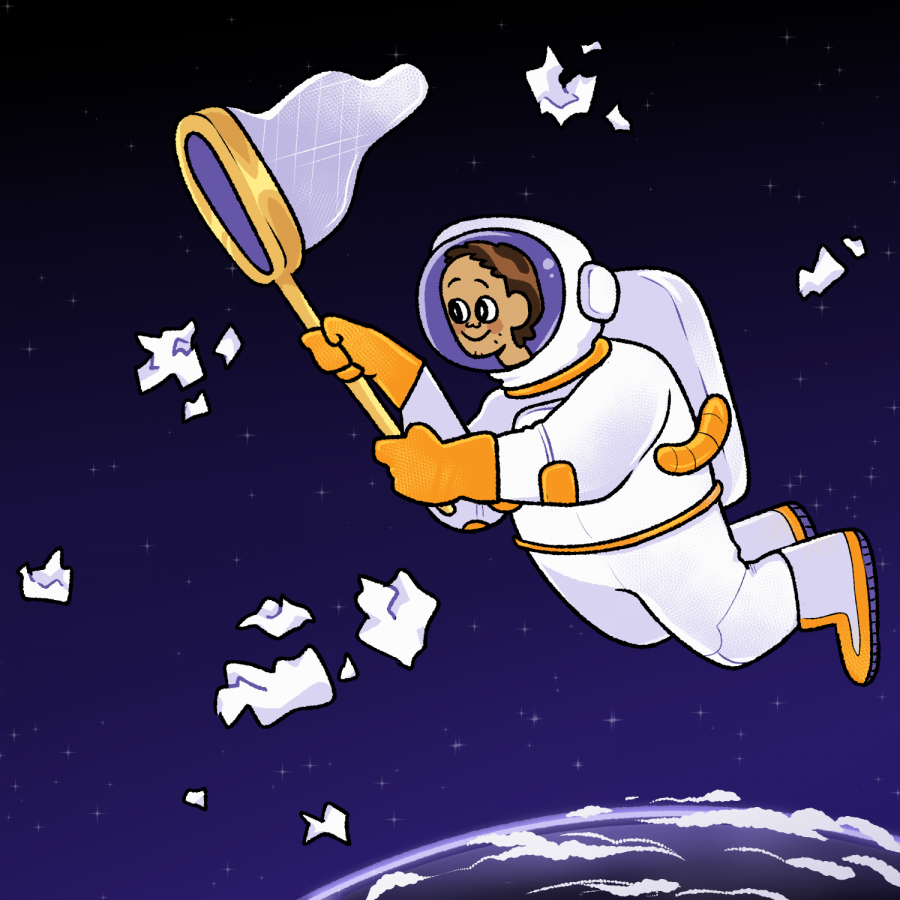You see a vast array of glittering stars when you look into the night sky, but what you don’t see is the massive amounts of “space junk” — the old satellites, rocket parts and other man-made objects that are currently in low Earth orbit. Space junk acts as a minefield for spacecraft missions and can be a serious threat to spacecrafts.
Moriba Jah, an associate professor in UT’s aerospace engineering department, has a plan to keep spacecrafts away from space junk and is working on an initiative to eventually clean it up. In January, Jah began developing AstriaGraph, a software program that tracks the approximate positions and speeds of objects in Earth’s orbit. Many objects have yet to be identified, but AstriaGraph currently tracks over 20,000 objects and predicts their behavior using orbital models, Jah said.
“There are more and more countries launching things into space, and more companies, such as SpaceX and Boeing, exploring the possibility of space travel,” Jah said. “The amount of junk is not decreasing; it’s like entropy.”
The debris orbit Earth at dangerously high speeds, sometimes up to 17,500 mph, according to data from NASA. At these speeds, even dust-sized particles can do considerable damage, and collisions with larger pieces would be catastrophic, NASA said. Any future space missions will have to account for approximately 500,000 pieces of space junk in orbit, according to NASA’s estimation.
An American communications satellite was one of the notable victims of space junk, according to the publication Space. In 2009, the satellite collided with a defunct Russian military spacecraft, ending the satellite’s mission and creating a deadly cloud of debris that briefly threatened to destroy the Hubble Space Telescope, according to NASA.
In order to prevent another event like this, AstriaGraph scours public and private databases every night and constantly refreshes itself so the information is up to date, Jah said. He said the identification and tracking of space junk is central to the long-term goal of cleaning up our orbit.
“While tracking space junk in real-time is the first step in tackling this complex problem, the ultimate goal is to clean up our orbit physically by removing space junk,” Jah said. “You can’t manage what you don’t know, and you don’t know what you don’t measure. Once the knowledge is known, we can use that information to influence policy and behavior.”
For example, he said the data from AstriaGraph will be important in analyzing uncertainties such as the impact of removing a particular piece of space junk and determining the cost effectiveness of doing so.
Jah likens the space junk issue to another otherworldly space, Hogwarts, to highlight the need for a interdisciplinary approach to the space junk problem.
“Whether you’re Gryffindor, Ravenclaw, Hufflepuff or Slytherin, everybody has to take the Defence Against the Dark Arts class,” Jah said.
The space junk issue is comparable to the “Defence Against the Dark Arts” class, which many disciplines, such as aerospace engineering and computational sciences, should work together on, Jah said.
“My work is trying to bring together all of these world-class research institutes at the University to solve a problem that affects us all,” Jah said. “Everything that we’re doing is informing folks nationally on a way ahead — which might influence orbital stability, success and sustainability.”





















